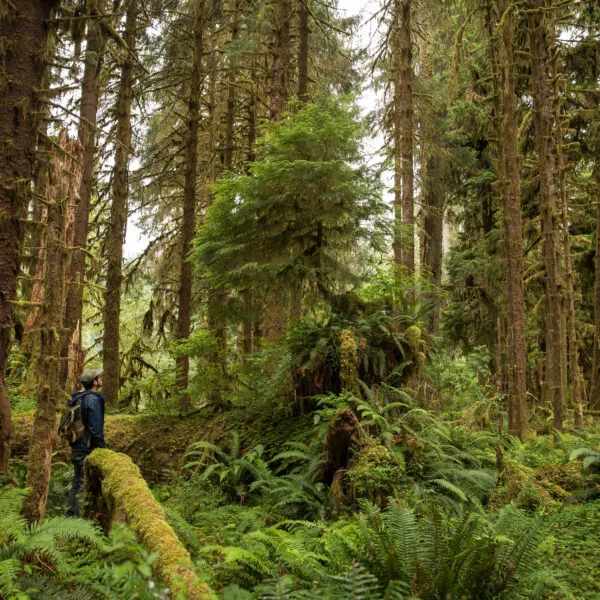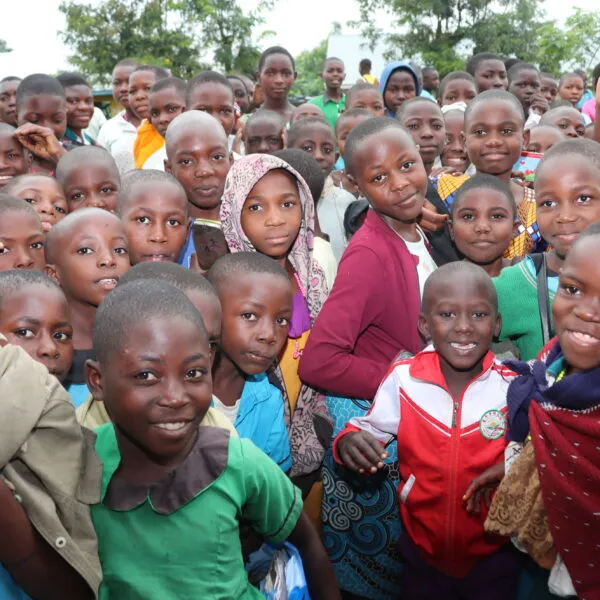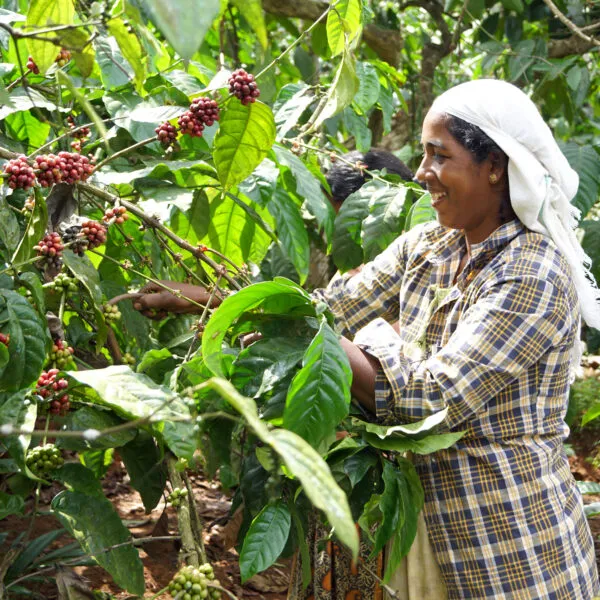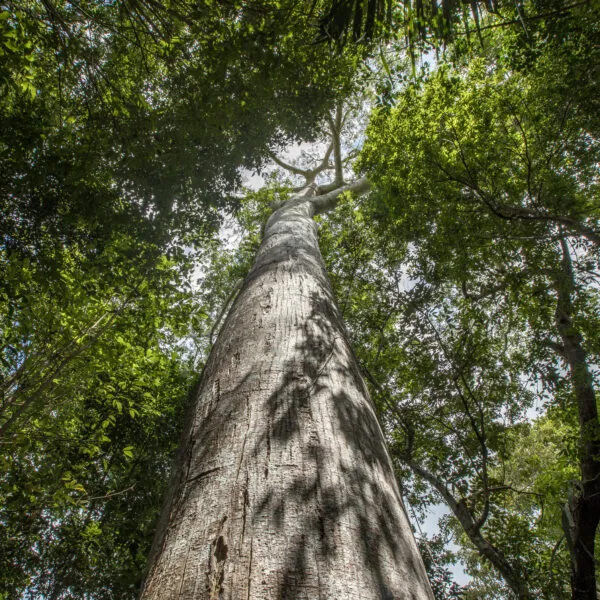Integrating Biological Conservation and Economic Development: Finding the Linkages in the Southeastern Rainforests of Madagascar
In late 1991, Razafimamonjy, a plant ecologist with the National Center for Research on the Environment in Madagascar, and local residents near the Ranomafana National Park in southeastern Madagascar began working together to accomplish three broad objectives:
- to increase the economic benefits, both short-term and long-term, derived from the utilization of rain forest ecosystems, particularly secondary forest ecosystems;
- to enhance the incentives for the conservation of biological resources within these ecosystems; and
- to accomplish objectives (1) and (2) through the integration of scientific and indigenous knowledge in a transdisciplinary research and management program.
The program is jointly administered by scientists and local residents. In particular, project efforts are oriented towards discovering and initiating new and entrepreneurial activities which clearly link the development goals of objective (1) and the conservation goals of objective (2). A principal hypothesis of the project is that short-term and long-term economic gains from using more fully the diverse renewable resources of the rain forest ecosystem can be higher than the gains derived from cutting it all down and planting crops.
Project activities can be broken down into three components:
- Tree/Plant Exploitation;
- Aquatic Species Exploitation;
- Apiculture and Melliferous Plant exploitation.



